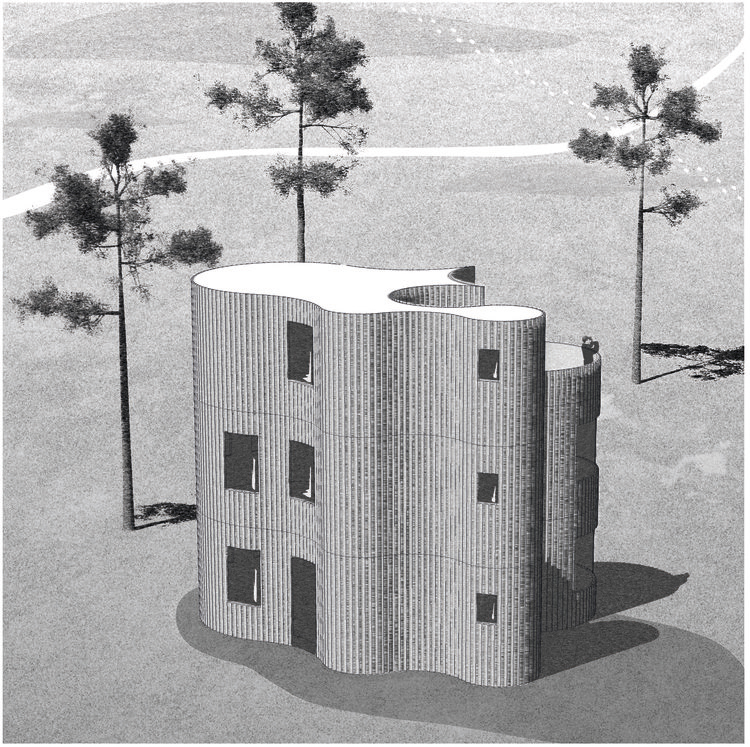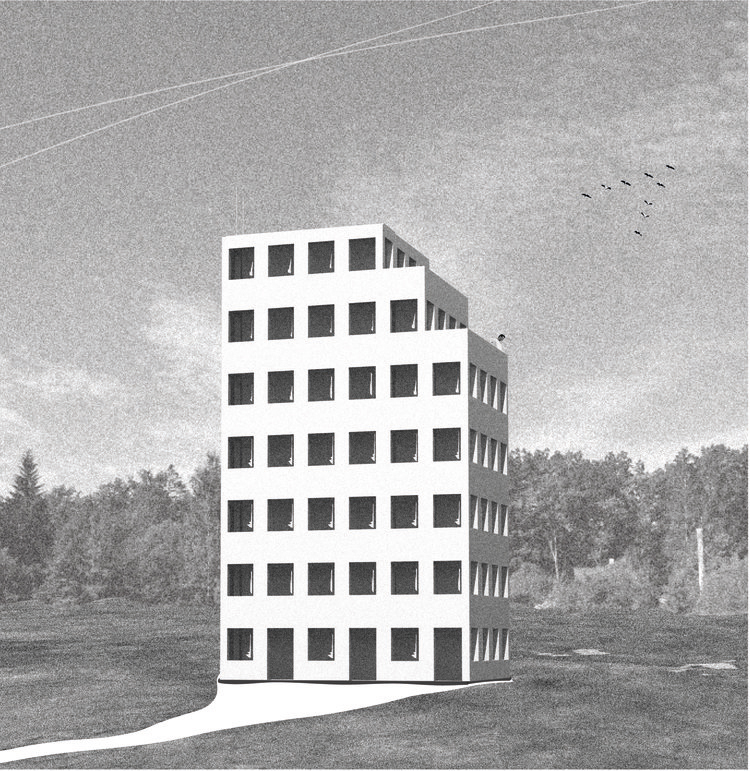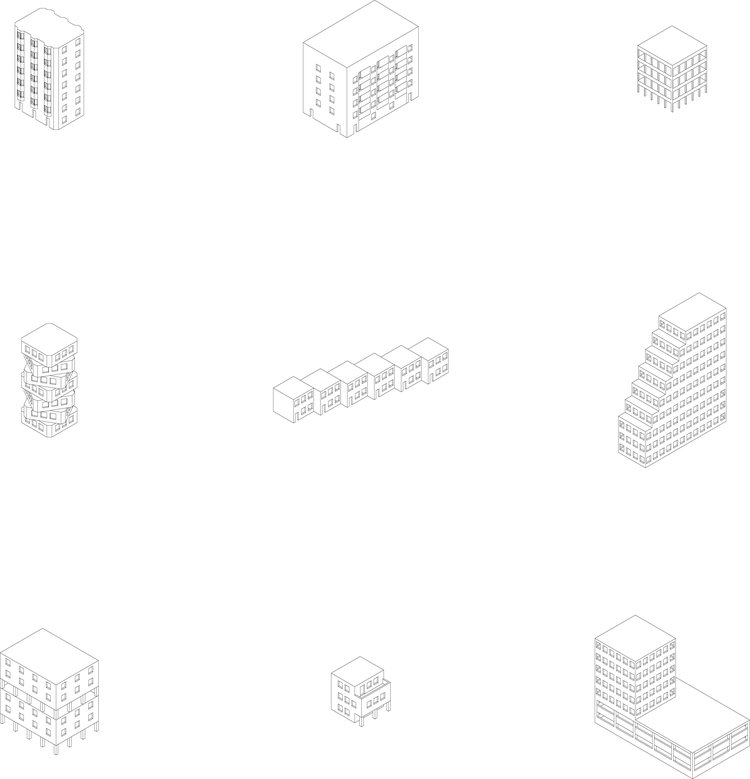
Concrete reuse During the fall off 2018 we witness the tearing down of the black building next to Konstfack. Large excavators crushed the building components and wrecked the structure in a couple of weeks. The building was built in 1969 drawn by Carl Dahl Steffensen. initially functioned as healthcare, a kitchen and sports center for the employees at LM Ericsson. When Ericsson left the area year 2000 the building began its transformation into Designens hus and underwent a large renovation in 2008 led by Wingårdhs architects. The building was fully functioning but Vasakronan who owned it took the decision to tear it down and build private housing instead. While witnessing the excavators eating the building, I could not help but thinking of how stupid it looked. Perfectly functioning materials was crushed into pieces, sorted and transported to be reused. The cement industry is the second biggest carbon dioxide emitter with 8% of the global emissions worldwide, only agricultural business is bigger with 12% (aviation fuel 2,5%). What if concrete could have a circular economy instead of a linear. When The building is torn down you could crush the concrete it into 4-25 mm fractions and use it as aggregate in new onsite moldings. The new molds are construction elements able to connect to each other and disconnect when demands change and a new structure is needed. Since we can´t predict the future we need to build in a way that allows future to happen. Buildings need to be programed in ways that allow for reprograming. For example, to build new housing with large parking garages is stupid if the garage can´t be used as something else since we don’t know the future for cars. I have investigated two different approaches in different scales when developing new concrete elements. The first one is a brick which allows and invites the builder to create flowing and circular shapes in design. It encourages self-building, individual and personal houses and can be used in small and large projects. In conversation with the prefabrication industry I have learned that a standard construction element doesn’t exist. Every element is unique and project specific. I find this weird since most prefab buildings look basically the same. The elements are molded and transported to the building site where they are molded together. They are not constructed in a way that allow them to be disconnected and reused. Therefore, I thought, why not develop a base range of elements which can be combined in different ways to create a large variety of buildings? I have created a collection of elements consisting of 15 shapes which can be connected and later disconnected. I have used these elements and quickly drawn 9 different housing ideas with different functions.






